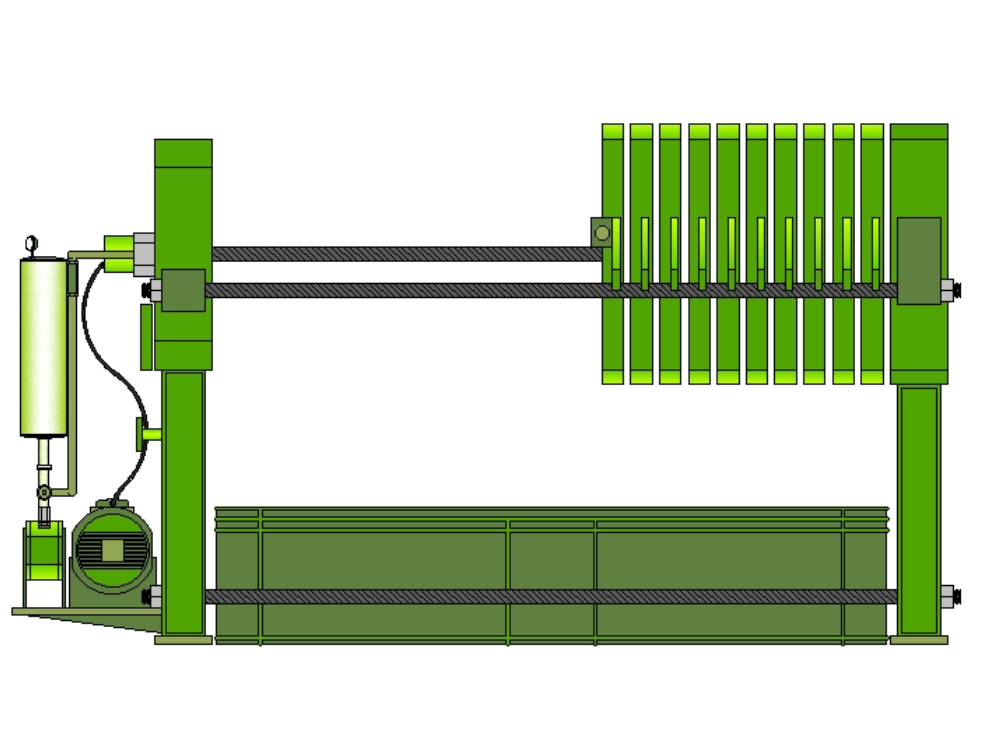

Showing functionality through this method is tough.ģD drawings are visually orientated, so visualization is an easy task to accomplish. The visualization of 2D drawings can’t be used for marketing purposes, as people who understand what they are viewing are either competition or very scarce. Just locating the problem is a problem in itself and redrawing the whole thing could be a nightmare.ĢD drawings are for technical purposes only. Using 2D drawing technology, the process is much more tedious. You need to locate it, fix it with a few strokes of your mouse, and it’s over with.

You’ve made an error, oh no! Don’t worry! Editing anything with 3D technology is an absolute breeze. It’s much easier to present an object than a technical drawing. Why is this useful, you might ask? The answer is simple! If you’re trying to get something approved, the process is much quicker if the person approving it can understand what they’re shown. But with a 3D Object, they can easily navigate and observe – you’re most likely to get a positive response. If someone is not a technician, the chances that they will understand a 2D CAD drawing are very scarce. You don’t have to employ 3D CAD Modeling if you’re working with layers, line types, and line weights.Ī big perk of 3D CAD modeling is that it’s simple to present to someone. But with its perks, it also brings more requirements. While most PC’s can run 2D CAD Drafting without any issue, to use 3D CAD modeling, you have to invest in a higher performance machine.Īnother question that comes to mind is, why do you need to use said programs? You don’t have to use 3D CAD modeling if you’re looking to create something simple, although you can.ģD CAD services are more advanced – there are no doubts about that. What you are looking for will determine which method or program is better for you, and we’ll help you find out your needs right here!

Well, the answer to this question depends on your needs. They are used to fine-tune the appearance of the model itself and closely represent how the model will look when it’s created. Surface models are another type of model you’ve created with your 3D modeling program and are mostly used to represent the shell of your object. These models are used to acquire and analyze the data of your finished product, such as its capabilities and flaws you can improve on. Think of it as the most realistic representation of your finished product stats. Solid ModelĪ solid model is a model you’ve created within your 3D modeling program, that is used to determine analytics data of the model you’re trying to create. There are two different types of 3D models, and they are used to create two different things. This newer technology allows the user to do everything they could with 2D CAD Drafting but add a 3D rendering aspect to the project itself.Ī 3D model is a part file you create in your program so that you can print it later! A 3D file is a model along with the co-responding environment you’ve placed it in. The next step in the evolution of 2D CAD Drafting is 3D CAD Modeling. You can add as much or as little information and data to your 2D technical scheme with ease. It allows you to add annotations to anything you like and improve your design without the need to do it all over again. It’s a revolutionary way to design whatever you like without the need for stencils, and instruments, and with some room for error.Īnother perk of 2D CAD Services is the flexibility of the program itself. CAD is an acronym for Computer-Aided Design, which designers use to develop floor plans for buildings, layouts for numerous purposes such as landscaping, control plans, and plans in general.ĢD CAD Drafting is a method that has been used from the days of old, replacing complicated technical drawings via pen and paper. 2D CAD DraftingĢD CAD Drafting and Drawing is the method of creating technical drawings and producing annotating designs for all your needs. Before we get into a comparison between the two methods, we first need to establish what each one is and what these terms mean.


 0 kommentar(er)
0 kommentar(er)
